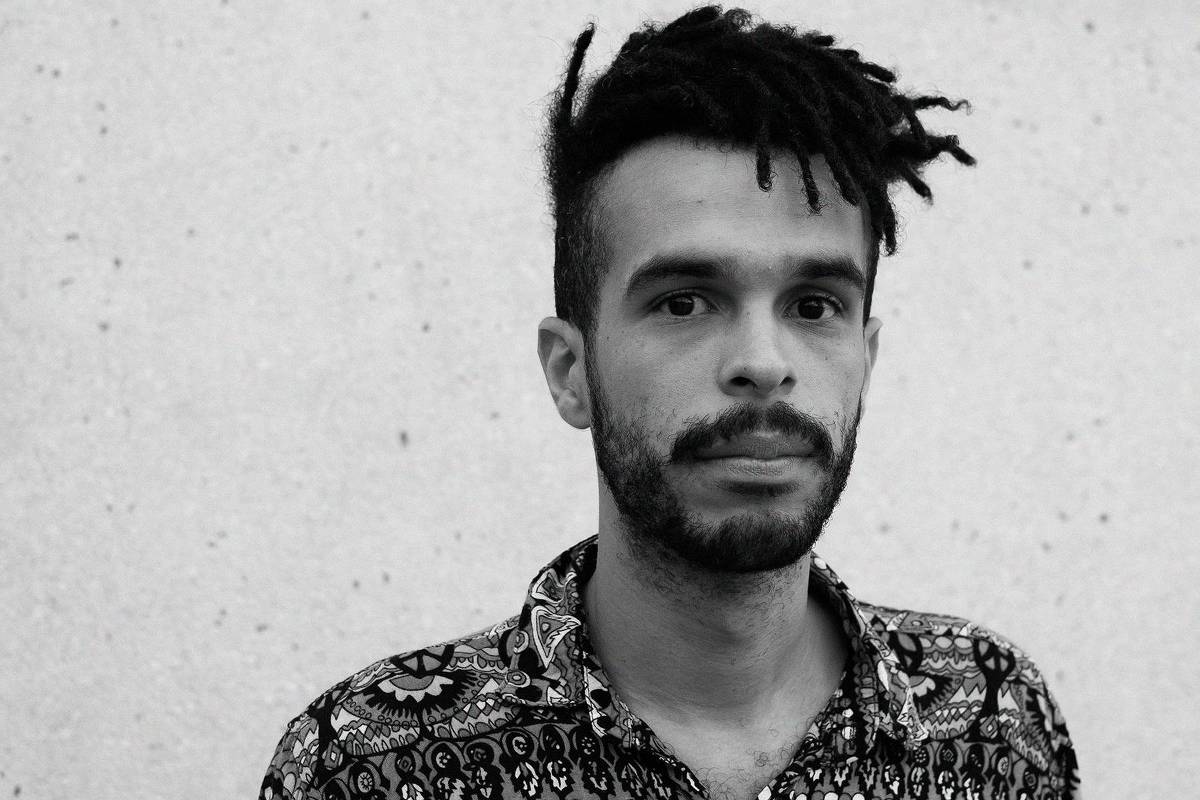
Hélio Menezes is to become the new director of São Paulo’s Museu Afro Brasil Emanoel Araujo. He takes over the role of founder Araujo who died in 2022 (and was then memorialised in the institution’s name).
Located in one of the several modernist pavilions of Ibirapuera Park, the museum houses an extensive collection of six thousand works of Black-made art dating from the fifteenth century to the present day, focussing heavily on objects made by self-taught artists and within folk or religious traditions. Menezes, a curator and anthropologist, is tasked with instilling a more contemporary focus to the programming.
Menezes was one of the four co-curators of the most recent Bienal de São Paulo, alongside Grada Kalomba, Manuel Borja-Villel and Diane Lima, edited highlights of which are currently touring venues around Brazil, Argentina and Angola.
Menezes said of his appointment: ‘I first entered the Museu Afro Brasil in 2005 and from that day it feels like I never left, as big as the impact it made on me. It was (and is) the most interesting museum, with the most stunning acquisitions, and the most unique exhibitions I’d ever seen. It was impossible not to give in to her charms. Since then, I have dedicated scientific enquiry, a Master’s degree, a doctorate, countless lectures, articles, classes to the museum… I am certain that the greatest legacy left by its founder, which today lends the institution its name, is the principle of change. It is an institution in constant transformation with all its wonders and contradictions.’ The curator added, referring to the musician Gilberto Gil, ‘It’s like Gil sang, in another context but it also makes sense here, only those who know where Luanda is will know to value it.’
Menezes was previously a curator at Centro Cultural São Paulo and curated an acclaimed survey of the memorialist Carolina Maria de Jesus at Instituto Moreira Salles. He co-curated Afro-Atlantic Histories at the Museu de Arte de São Paulo and the Instituto Tomie Ohtake in 2018, a survey of over 450 works tracing Black-Brazilian culture. That exhibition has since travelled to the Museum of Fine Arts, Houston, the National Gallery of Art, Washington D.C. and other North American venues since.